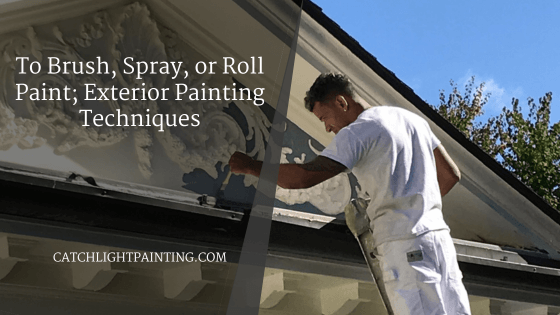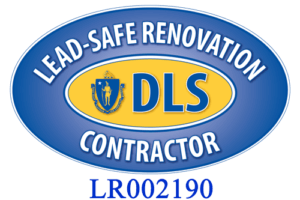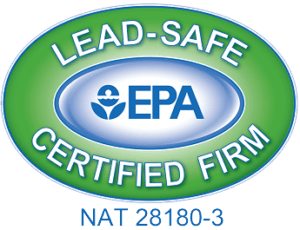We all know the expression “use the right tool to do the job right.” While it’s a common sentiment, surprisingly, it is advice often ignored when seemingly faster ways to complete a task are on hand.
At Catchlight Painting, part of our meticulous planning and execution is selecting the right tools among the many available to us for our residential painting projects. That’s part of the benefit of working with a professional painting company. We bring the knowledge to mitigate the root cause of many paint-related problems, the guarantee of a lasting finish, and a result that meets or beats the homeowner’s expectations. Achieving that means understanding which tools are appropriate for the job. In this blog post, we’ll talk about the factors that go into the decision to brush, spray or roll paint when applying it to a home’s exterior.
To Brush, Spray, or Roll Paint?
Homeowners often ask whether it’s best to brush, spray, or roll paint during exterior house painting projects. “Can’t you simply spray and roll the paints and finish the job in half the time?” While it’s true that a painting contractor could choose to execute this way, the fastest process is not always the best approach. Optimal results come from employing the correct techniques; to be overly reliant on the wrong tools is almost guaranteed to yield a lackluster outcome.
This sentiment is particularly true here in New England, where harsh winters and the summer sun wreak havoc on a home’s exterior, especially the historic Colonial and Victorian homes throughout Greater Boston. They require proper preparation and the correct exterior paint application whether we choose to brush, spray or roll.
-
Brushing
Undoubtedly, brushing is the time-tested method for house painting when precise control is needed, whether it’s detailing trim, working with edges and nooks, or creating fine lines of delineation with ornate woodwork. Brushing is where the house painter contributes the most important, detail-focused work.
-
Spraying
Spraying a home’s exterior is particularly useful when painting a large area of smooth siding. While it requires additional prep time to create an optimal surface and to cover windows and trim not intended to be sprayed, in general, spraying is faster than brushing or rolling paint. Still, we suggest leaving it to a professional for a smooth, flawless finish!
-
Rolling
Some may say rolling paint is the happy medium between spraying and brushing. While not as exact or time-consuming as brushing, it is more refined and accommodating than spraying. Using paint rollers for exterior surfaces is appropriate when a large surface area needs a uniform application or if the surface is textured or has crevices that would be difficult to reach with a brush.
A common mistake is thinking that all paint brushes, all sprayers, and all paint rollers are the same. Within each of these methods are options for the brush’s size, the spray’s density, or the roller’s nap. An experienced contractor will consider details, such as age and type of wood, along with the desired finished surface appearance, before selecting a paint application method that is right for your home.
To Brush, Spray, or Roll Paint; Execution is Everything
Undoubtedly, the right tools for the job – whether brush, spray, or roll – help work progress more smoothly and leave the home’s exterior with a finish meant to last.
If you’d like to learn more about Catchlight’s painting process, please contact us; we’d be delighted to explain how and why we differ from most painting contractors.
Click the links to learn about our exterior painting, historic home restoration, and handyman services.



